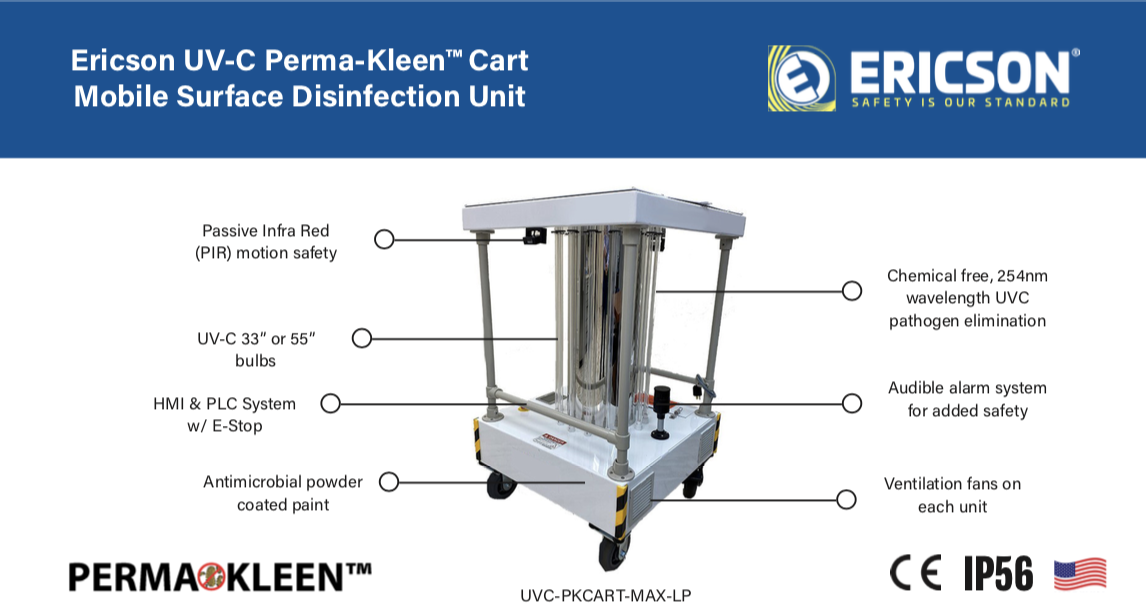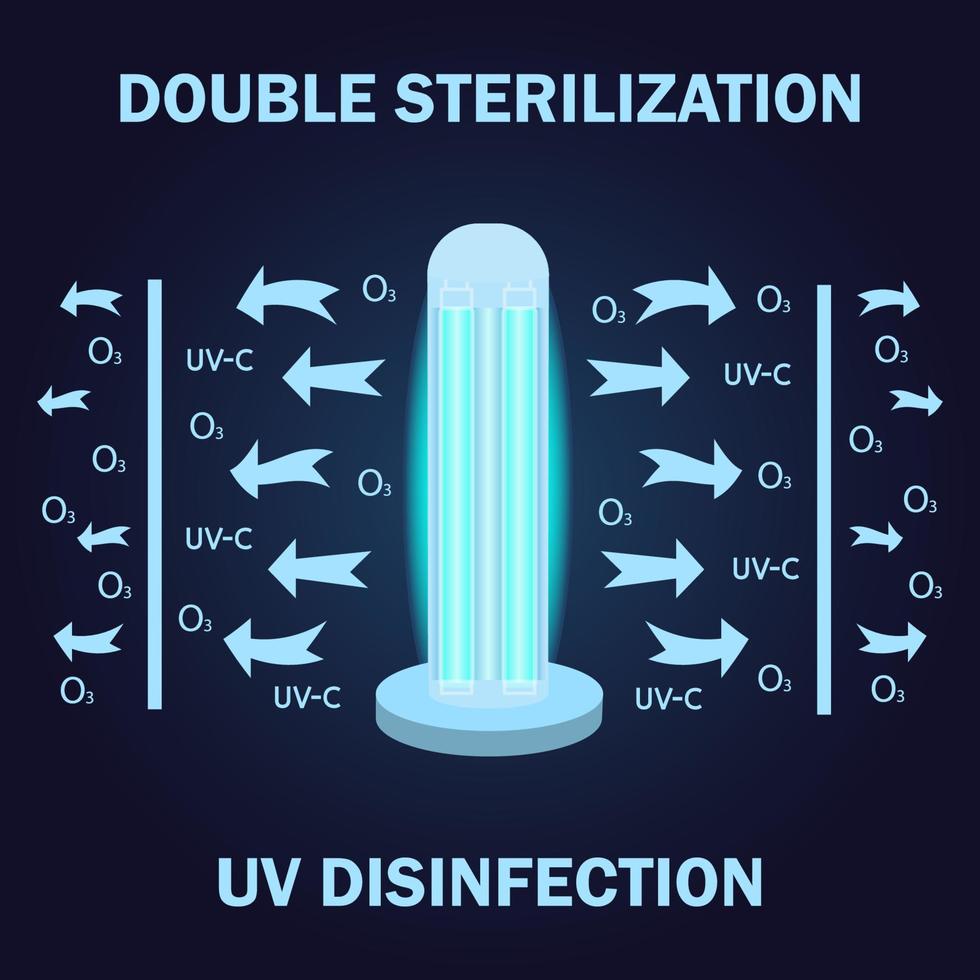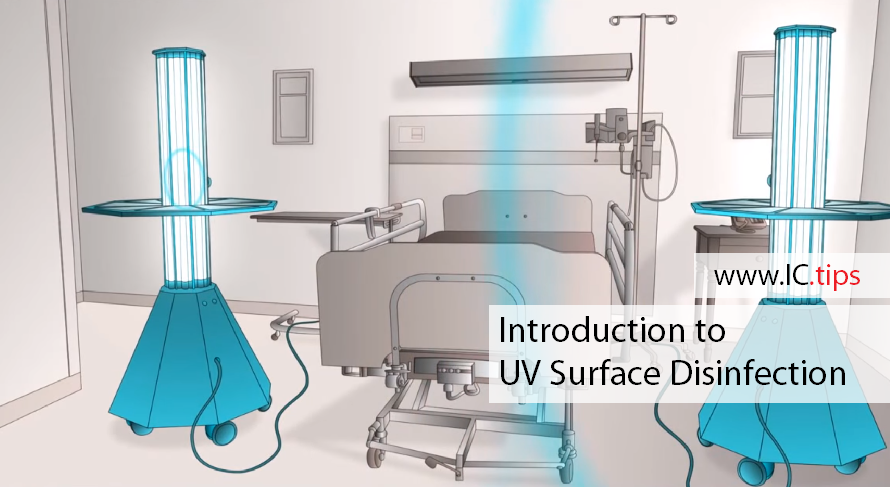Discover the Advantages of UV Surface Disinfection: Reliable and Eco-Friendly Hygiene
Discover the Advantages of UV Surface Disinfection: Reliable and Eco-Friendly Hygiene
Blog Article
UV Disinfection: The Cutting-Edge Innovation Changing Sanitation Practices
In the realm of cleanliness practices, one innovation has actually arised as a game-changer: UV disinfection. From healthcare settings to food processing, UV sanitation is making its mark in numerous sectors.
How UV Disinfection Functions
UV sanitation functions by utilizing ultraviolet light to destroy or suspend microbes, giving a chemical-free and highly reliable technique of sanitation. This technology harnesses the power of short-wavelength UV-C light, which can harming the DNA and RNA of microorganisms, thus providing them incapable to reproduce and cause harm.
The process starts with the setup of UV disinfection systems, which include UV lights that produce UV-C light. These lights are strategically placed in areas where microbial contamination is a problem, such as water therapy plants, hospitals, labs, and food processing centers.
When microorganisms are revealed to UV-C light, the photons penetrate their cell walls and reach the DNA and RNA inside. The high-energy UV-C photons interfere with the hereditary product by producing bonds between surrounding nucleotides, resulting in the development of thymine dimers. These dimers prevent the microbes from reproducing, providing them harmless.
UV sanitation is extremely efficient against a wide variety of microbes, consisting of viruses, bloodsuckers, and bacteria. It is especially efficient against waterborne virus like E. coli, Giardia, and Cryptosporidium. Moreover, UV sanitation is a chemical-free technique, removing the need for possibly harmful disinfectants and lowering the risk of harmful sanitation spin-offs.
Advantages of UV Disinfection
UV disinfection uses many benefits in the area of cleanliness, making it a highly chosen method for properly getting rid of damaging bacteria. One of the essential advantages of UV disinfection is its capability to give a chemical-free remedy. Unlike conventional sanitation methods that rely upon chemicals, UV sanitation uses ultraviolet light to ruin the DNA of bacteria, rendering them not able to reproduce and create infections. This not only eliminates the requirement for possibly hazardous chemicals but additionally reduces the danger of chemical residue on surfaces.

UV sanitation is also very functional in its applications. It can be made use of in various settings, including health centers, colleges, food processing facilities, and water treatment plants. UV sanitation systems can be conveniently integrated right into existing cleanliness techniques, offering an extra layer of security versus infectious conditions.
In addition to its effectiveness and adaptability, UV disinfection is likewise eco pleasant. It does not produce any dangerous results or deposits, making it a secure and lasting method for hygiene - uv surface disinfection. UV sanitation requires very little maintenance and has a lengthy life expectancy, resulting in expense financial savings in the long run.
UV Sanitation in Healthcare Setups
In healthcare setups, UV disinfection has emerged as a revolutionary method for properly eliminating unsafe microbes. UV sanitation works by sending out ultraviolet light at a specific wavelength that is deadly to bacteria, infections, and other bacteria.
To start with, UV sanitation is a non-chemical technique, making it an ecologically pleasant alternative compared to conventional sanitation methods that usually include making use of severe chemicals. Using UV light eliminates the requirement for chemical disinfectants, reducing the risk of dangerous deposit or chemical direct exposure to both patients and medical care employees.
In addition, UV sanitation is extremely effective in eliminating a wide variety of microbes, including drug-resistant germs such as MRSA and C. difficile. It supplies a regular and dependable disinfection process, making sure that all surfaces and equipment are extensively disinfected, even in hard-to-reach areas.

UV Sanitation in Food Processing
The application of UV disinfection expands past medical care setups and discovers significant worth in the realm of food handling. uv surface disinfection. UV sanitation innovation is ending up being significantly popular in the food sector as a result of its capacity to efficiently remove harmful virus and enhance food safety and security
Among the major advantages of UV disinfection in food processing is its ability to target a large range of microorganisms, including mold and mildews, infections, and bacteria. By utilizing UV light at certain wavelengths, it is possible to interrupt the DNA and RNA of these pathogens, rendering them incapable to recreate or create damage. This modern technology can be used to numerous stages of the food handling chain, including surface disinfection, devices sanitation, and water therapy.
UV sanitation provides a chemical-free and non-thermal method of sterilizing foodstuff. Unlike typical sanitation techniques that count on chemicals or heat, UV innovation does not leave any type of deposit or modify the preference, texture, or you can look here nutritional value of the food. This makes it an excellent remedy for markets that need stringent adherence to top quality requirements.
Moreover, UV sanitation systems are simple to install and operate, calling for very little upkeep. They can be integrated into existing processing lines without causing substantial disturbances to the production procedure. Additionally, UV systems have a fast treatment time, permitting continual processing and reducing downtime.
The Future of UV Sanitation

One location where UV sanitation is expected to make substantial developments remains in the area of health care. With the rise of antibiotic-resistant germs and the need for extra reliable disinfection methods, UV light has the possible to play a critical function in minimizing healthcare-associated infections. UV disinfection systems can be used to sanitize surface areas, tools, and also the air in medical care centers, assisting to avoid the spread of damaging virus and improve client safety and security.
One more sector that might take advantage of innovations in UV disinfection modern technology is the food industry. UV light has actually currently proven to be a reliable technique for sanitizing food and decreasing the risk of foodborne illnesses. As technology improves, we can anticipate to see a lot more cost-effective and reliable UV disinfection systems being implemented in food processing plants, guaranteeing that the food we take in is risk-free and without dangerous germs.
Final Thought
Finally, UV sanitation is an innovative technology that is changing sanitation techniques in health care setups and food processing. By making use of UV light to eliminate or shut off bacteria, click site it supplies various benefits such as performance, security, and effectiveness. With continuous innovations in this field, UV sanitation holds terrific potential for the future of cleanliness, giving a trustworthy and sustainable option for maintaining tidy and hygienic atmospheres.
UV disinfection is a chemical-free method, removing the requirement for potentially dangerous anti-bacterials and reducing the threat of unsafe disinfection byproducts.
Unlike traditional disinfection approaches that depend on chemicals, UV disinfection utilizes ultraviolet light to destroy the DNA of bacteria, making them not able to reproduce and cause infections. Unlike standard disinfection methods that rely on chemicals or heat, UV technology does not leave any residue or alter the taste, texture, or nutritional worth of the food. As technology improves, we can expect to see much more efficient and affordable UV sanitation systems being applied in food handling plants, guaranteeing that the food we take in is risk-free and cost-free from unsafe bacteria.
In final thought, UV sanitation is an innovative modern technology that is transforming sanitation techniques in medical care setups and food handling.
Report this page